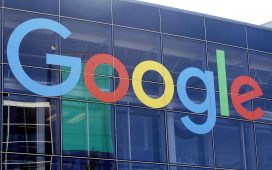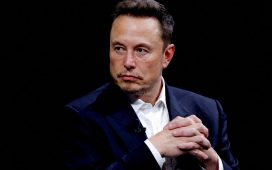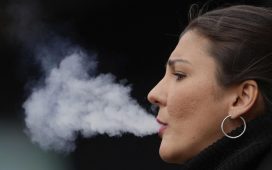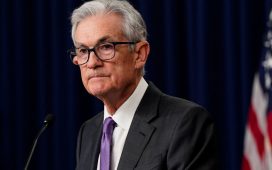The federal government’s top auto-safety regulator is looking into why Tesla did not issue a recall last month when it updated software in its cars to improve their ability to spot stopped emergency vehicles such as police cars and fire trucks.
The regulator, the National Highway Traffic Safety Administration, has also ordered Tesla to provide data about its Full Self-Driving software, which it has allowed a small set of owners to test on public roads.
NHTSA opened a formal investigation over the summer into 12 crashes in which Tesla cars operating in Autopilot mode — a driver-assistance system that can steer, brake and accelerate a car on its own — failed to detect stopped emergency vehicles that had their lights flashing in low light.
In a letter to Tesla on Tuesday, the agency reminded the company that federal law requires automakers to initiate recalls if they find defects that pose a safety risk.
NHTSA told the company to provide detailed information on a software update sent in late September that modified Autopilot and enhanced its ability to detect emergency lights.
The letter told Tesla to state whether it intends to issue a recall related to the update, and if not, any legal or technical reasons that it declines to do so.
“Any manufacturer issuing an over-the-air update that mitigates a defect that poses an unreasonable risk to motor vehicle safety is required to timely file an accompanying recall notice,” the agency said in the letter.
The letter was sent by Gregory Magno, the chief of NHTSA’s vehicle defects division in its office of defects investigation, to Eddie Gates, Tesla’s director of field quality.
NHTSA also ordered Tesla to provide the number of owners who have been given Full Self-Driving software and copies of any agreements the company has with the owners. Tesla’s chief executive, Elon Musk, has described Full Self-Driving as a technology that would allow cars to drive autonomously in most circumstances. But the software is not capable of piloting a car without active engagement of a human driver.





